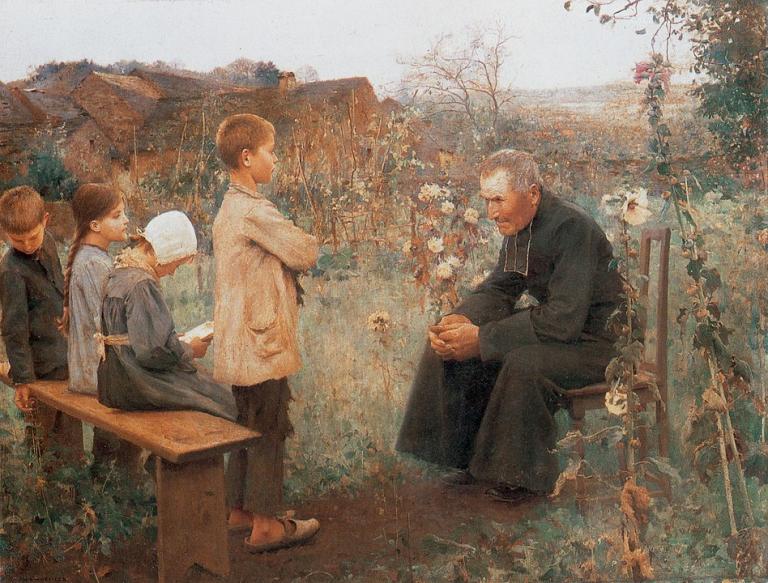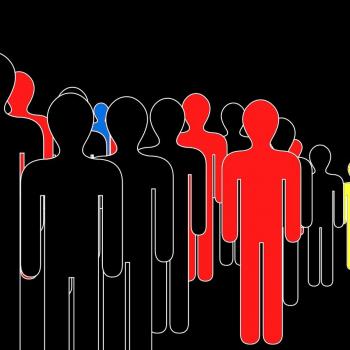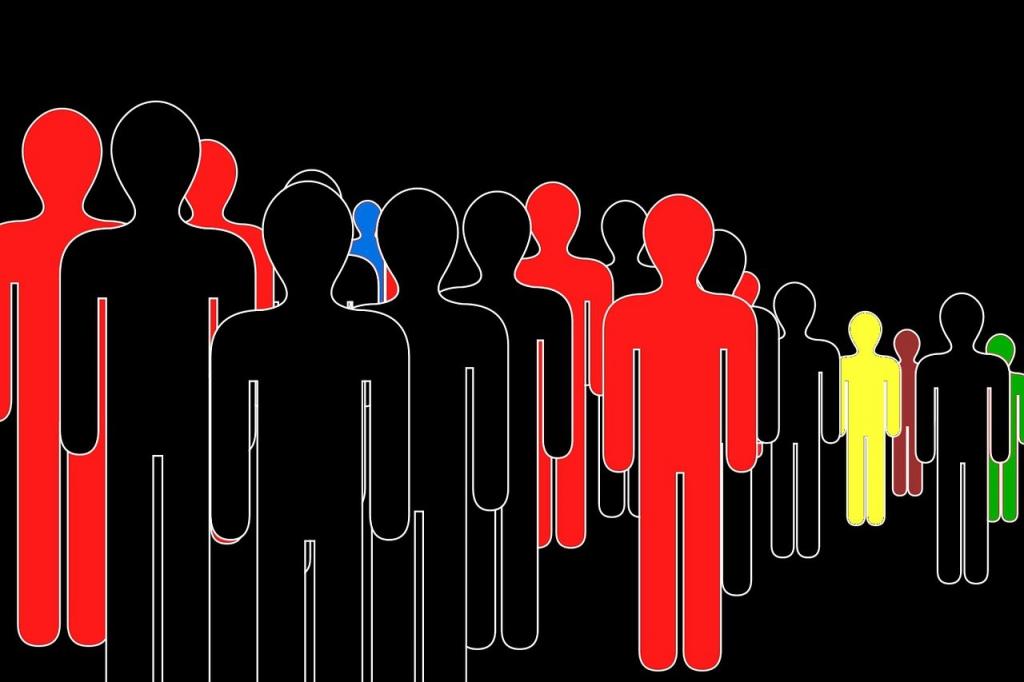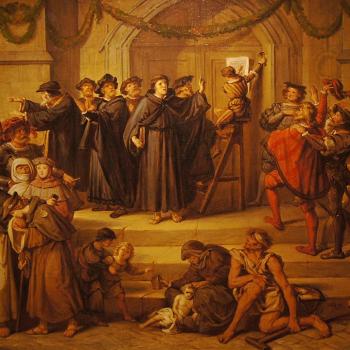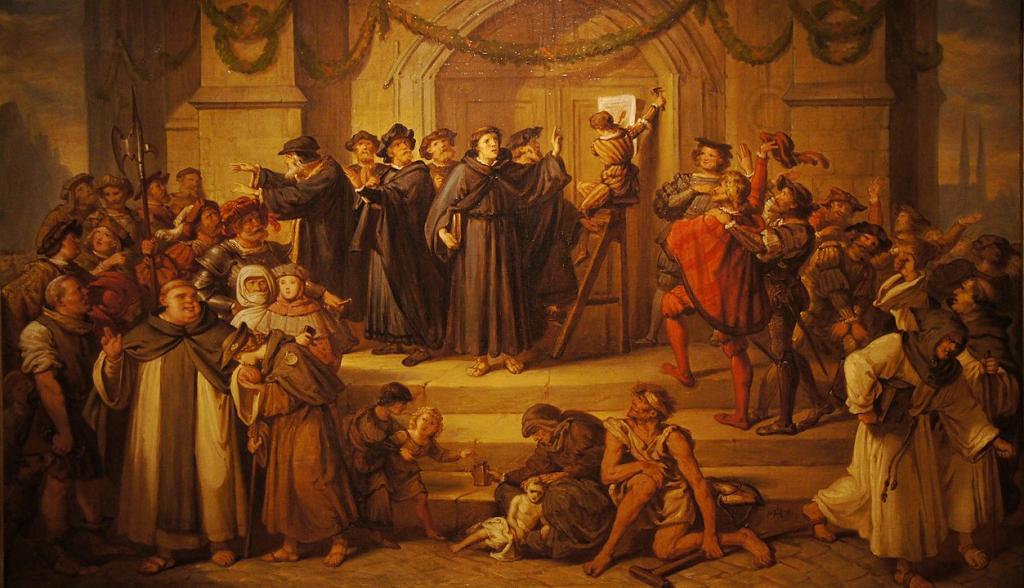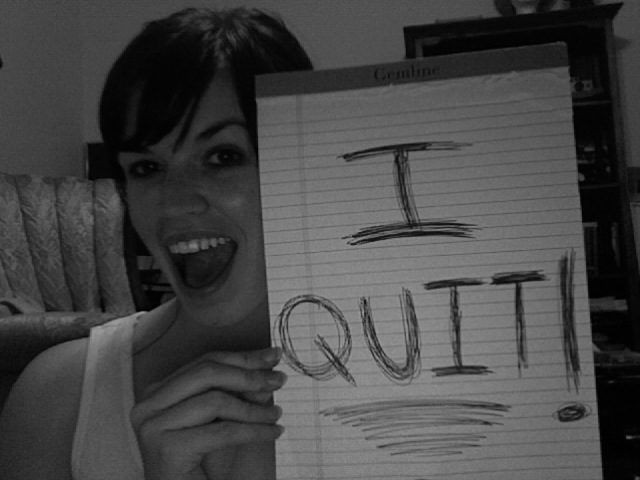American evangelicalism today is plagued with scandals, politics, moral failures, and a confused message. This is largely due to a failure of catechesis.
So argues James Ernest, editor-in-chief of W. B. Eerdmans, a leading Christian publishing company. In his post Evangelicalism in the USA: Discipleship Failure Owing to Catechesis Failure, he writes, referring to the forgotten part of the Great Commission (Matthew 16:19-20), “Over the last five decades or so the evangelical church in the US failed to form its adherents into disciples.”
The discipleship failure is owing to catechesis failure. “Catechesis” is the latinized spelling of a Greek word that refers to teaching. . . .The mission of the church (read the end of the Gospel of Matthew again) is to “make disciples, teaching them to observe everything that I have commanded you.” That teaching is catechesis. . . .New Christians have to be taught to observe, which means not just to be aware of what Christ did for them according to some particular doctrinal slogan, but to become observant in the sense of putting Christ first, ahead of every other loyalty. Key elements in catechesis would include knowing scripture and doctrine and practicing the sacraments and prayer—all in a way that purges away all contradictory and competing gods and spirits and loyalties and enables an integrated life of faith. . . .
Christians do not automatically become faithful disciples. It is a difficult process, powered by the Holy Spirit and deliberately fostered, cultivated, by teachers and pastors, older sisters and brothers in the faith, according to inherited patterns. This is the meaning of catechesis. No catechesis, or inadequate catechesis, means that people are not formed into disciples, or that their formation is defective.
Dr. Ernest goes on to cite three areas in which most evangelicals show defective catechesis:
(1) The Bible. Most evangelicals today hardly ever read the Bible and know little about how to study or apply it.
(2) Doctrine. Most evangelicals also know little about doctrine, what Christians have always believed and what their own church traditions have always believed. For example, all of the theological strains of Christianity–Catholic, Lutheran, Reformed, Anabaptist, Pietists–have much to say about how Christians should deal with politics and other challenges of living in the world, and yet modern-day Christians seem oblivious to them.
(3) Prayer. American Christians today pray very little, and when they do, it is often very different from Biblical prayer, which includes soul-searching and repentance. Dr. Ernest points out that Christians today often spend much of their energy maintaining how innocent they are, rather than acknowledging their sinfulness and need for Christ’s forgiveness.
I think Dr. Ernest is right, and I urge you read his article. I would add, though, that, in order to have effective catechesis, it helps to actually have a catechism.
I am not saying that in order to crow about how we Lutherans have a really good one, the Small Catechism, which may be Luther’s greatest piece of writing. Calvinists have their Westminster Catechism and Heidelberg Catechism, as do, of course, the Catholics and other Protestant traditions have catechisms somewhere in their history. But most evangelicals today have no catechisms at all.
Dr. Ernest is speaking about catechesis more broadly, and he is right to do so. Even those churches with catechisms fall short in the areas that he describes. But I would argue that part of the problem he documents comes from most evangelical churches having no particular well-defined theology that they can teach.
A big proportion of evangelical churches are “non-denominational,” and even many of those that are affiliated with a larger church body emulate non-denominational churches in playing down doctrinal distinctives and allowing their members to believe, with some exceptions, pretty much whatever they want. This is related to another trait, the extreme individualism of evangelical piety. Again, individuals–being filled with the Holy Spirit, with the right to interpret the Bible themselves, and with the assumption that Christianity is just a matter of a relationship between them and Jesus–will have the tendency to believe, within limits, whatever and to live however they want.
Now, to their credit, evangelicals do believe in the Bible and do believe in Jesus and His importance in salvation. These are huge and definitive convictions of faith. And they do serve as a bulwark against the worst manifestations of unbelief.
But theology is helpful, especially in times of trial, in times when your faith is being challenged, when new issues come up and it isn’t clear how to deal with them. That is, in times like today. While it is true that theology has been reduced to an academic discipline, church theology at its best gives guidance, shaped by historical experience and by many Christians’ deep study of the Scripture, on the depths of Christian spirituality and how to live out this faith in the world.
It is possible for Baptists to believe in the believer’s “sole sufficiency” to interpret Scripture and for Pentecostals to believe in the illumination of the Holy Spirit without abandoning theology. In fact, there are Baptist and Pentecostal catechisms. Those could be dusted off.
Or, if that is too much to ask, here is a broader understanding of catechism. Technically, I am told, the term “catechism” referred to the texts that were the foundation of Christian education: the Ten Commandments, the Apostle’s Creed, and the Lord’s Prayer, plus other texts considered essential by the particular theological tradition (for Lutherans, these included the Biblical passages on Baptism, the Lord’s Supper, Confession, and Vocation). The question and answer format is a means of teaching the catechism, an application of the teaching technique in classical education known as dialectic.
So, if you are nondenominational, start with an in depth study of the Ten Commandments, which will give you and those you are teaching the framework for Biblical ethics. If you can’t use the creed, which sets out the facts that are the basis of the Christian faith, cobble out an equivalent from the Bible, using, for example, the first chapters of John’s Gospel and the first chapters of Romans. Then delve into the riches of the Lord’s Prayer, which teaches our relationship with God and the practice of prayer.
Then, if you want, go into the proof texts for your church’s distinctives, whether about salvation or the Holy Spirit or good works, or whatever they may be. (Notice that your church has at least an implicit theology after all.)
And lest you think such catechesis is only “head knowledge,” consider how the Word of God creates faith in the heart, which, in turn, bears the fruit of love for our neighbors. And also provokes prayer.
See, for example, Praying the Small Catechism by John Pless on how the Small Catechism is to be used not only as a compendium of doctrines but also as an instrument for prayer, spiritual growth, and the Christian life. (To order direct from CPH, go here.)
And lest we think catechisms are just for instructing children and new Christians, consider what Luther says in the Preface to the Large Catechism, another more extensive catechism that we have:
I am also a doctor and preacher, yea, as learned and experienced as all those may be who have such presumption and security; yet I do as a child who is being taught the Catechism, and ever morning, and whenever I have time, I read and say, word for word, the Ten Commandments, the Creed, the Lord’s Prayer, the Psalms, etc. And I must still read and study daily, and yet I cannot master it as I wish, but must remain a child and pupil of the Catechism, and am glad so to remain.
HT: fellow Patheos blogger Chris Gehrz. Read his post on the subject.
Illustration: “The Catechism Lesson” by Jules-Alexis Muenier (1890), Public domain, via Wikimedia Commons



